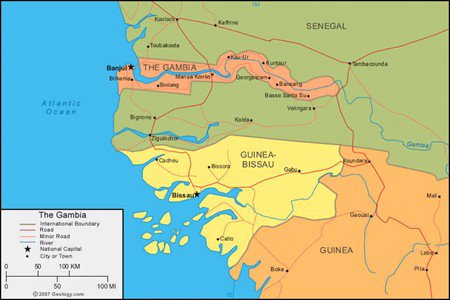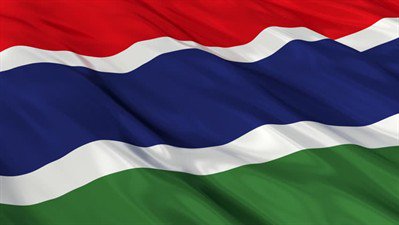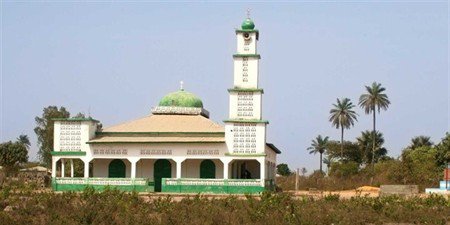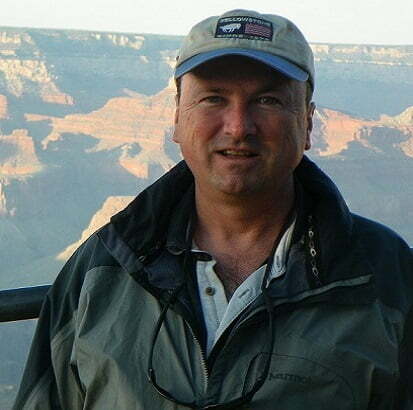Translation and Localization for Africa: Gambia
Gambia is a small, West African country almost completely engulfed by the country of Senegal. Its only connection to the Atlantic Ocean is a narrow strip of coastline along its Western part, which is also the country’s main tourist attraction.
The country, properly known as, The Gambia, may be one of the smallest in Africa but is also one of the more stable countries compared to some of its neighboring West African countries. Gambia’s President, Yahya Jammeh, has ruled the country since taking over power during a coup in 1994.

However, despite this political stability, the country has not enjoyed much in terms of prosperity and although the country snarls around the Gambia River, most of the land does not offer fertile enough soil for large-scale agriculture – with one exception: peanuts.
Gambian Demographics
- Population of 2,022,955 (January 2016) and a population growth rate of 2.23% (Index Mundi).
- Almost 60% of the population is 24 years or younger.
- A fourth of the population lives in the capital, Banjul, with a population of 506,000 (est.).
- 57.3% of its population are considered urban.
- The vast majority of Gambians are Muslim (90%), and 8% are Christian.
- The main ethnic group is African 99% (42% Mandinka, 18% Fula, 16% Wolof and various other smaller ethnic groups).
- 25% of children (between the ages of 5 and 14) are child laborers.
Gambian Languages
- Spoken languages in Gambia are English (official language), Mandinka, Wolof, Fula and various other indigenous languages.
- Literacy among the total population is only 51% (by definition people that are over 15 years of age and can read and write).
- Male literacy is at 60.9%. Female literacy at 41.9%.

Gambian Culture
- Gambians are known to take life easy. Friendliness and hospitality are common traits among Gambians.
- The hospitality can extend to an invite to the Gambian “compound” which gives visitors a close look at the Gambian way of life.
- It is polite to bring a gift, such as a bag of rice or laundry soap, when visiting.
- Dress can vary but will typically be colorful and bright, and Gambians are known for their intricate plated hair creations.
- Local Gambian dishes are Benachin (rice and vegetables), and Domoda (a meat dish slowly cooked and simmered in a ground nut puree).
- There is a distinct difference between Gambia and other Islamic countries as they don’t adhere strictly to Sharia Law, and although the main tenets of Islam are followed, the country is surprisingly tolerant and open with supermarkets even selling alcohol to tourists.
Here are some commonly used expressions you might find helpful when in The Gambia:
| English | Mandika | Wolof |
| Thank you | Abaraka | Jerejef |
| Hello | Asalamu Alikum | A Salamu Alikum |
| How are you? | Heraba / I be di? | Na Nga Def? |
| Good Morning | Hera Laata | Jamangen Fanaan |
| Good Evening | I Wuraara | Jamangen Enddu |
| Goodbye | Fo Waati Koteng | Ci Jamma |
| Today | Bee | Tey |
| Tonight | Bii Suutoo | Ci Gudi Gii |
| How Much? | Jelu? | Nyaatala? |
| What is your name? | I Ton Ndii? | Na Ka Nga Tudda? |

Image Credit: TheGambiaExperience.com
Gambian Consumers
- In 1998, the Internet was first brought to The Gambia through the United Nations Development Program’s Internet Initiative.
- Internet penetration rose from 4% in 2004 to c. 14% in 2014.
- Gambia has among the highest mobile phone penetration rates of any African country with almost 100% access rate, up from 13% ten years ago.
- Mobile broadband access is at only 1.2%.
- Fixed line subscriptions are expensive so most Gambians access the Internet via cyber cafes.
- Despite mobile penetration, rural areas in Gambia remain the most “disconnected regions in the world” and radio is still the main mass medium by which Gambians received their information.
Gambia’s Future
- The country is known for its coastline along the Atlantic Ocean which is its main tourist attraction and populated by resorts catering to an international clientele.
- According to www.gfmag.com, Gambia’s GDP is estimated at $1 billion and real GDP growth is expected to hover around 7%.
- Manufacturing makes up only 6% of GDP.
- About 75% of the population relies on livestock and crops to guarantee their livelihood.
- Inflation is expected to remain around 5%.
- Gambia does not have any large companies that could have made it on the Fortune Global 2000 list.
- GDP per capita is $502.
- Public dept was at 75% in 2015.
- Tourism will remain a strong contributor to the Gambian economy.
Summary
This smallest of the West African countries will remain challenged by a combination of ongoing policy issues and recent developments. An economic contraction of the GDP, caused by the impact of Ebola on tourism, prolonged droughts and policy challenges will no doubt have long-term ramifications.
Gambia is also one of the most densely populated countries in the world, which makes it even more challenging to distribute social services evenly and makes the limited fertile grounds produce enough for all. Rapid urbanization and population growth in general is putting additional pressures on local and state governments to address the growing disparity in income and wealth and set up a legal framework to effectively address this urban-rural gap.
